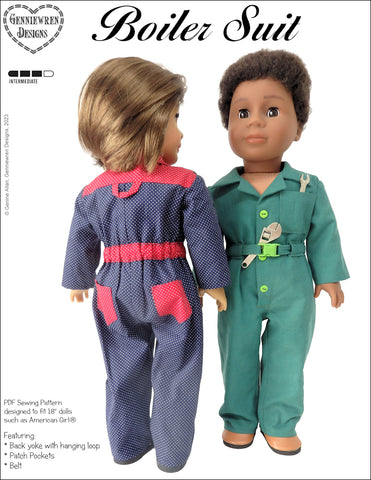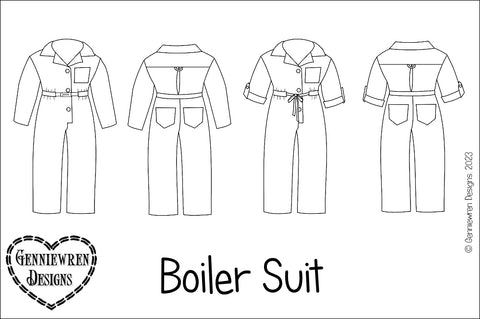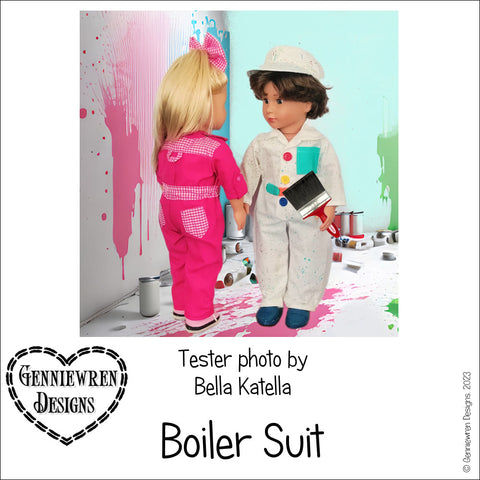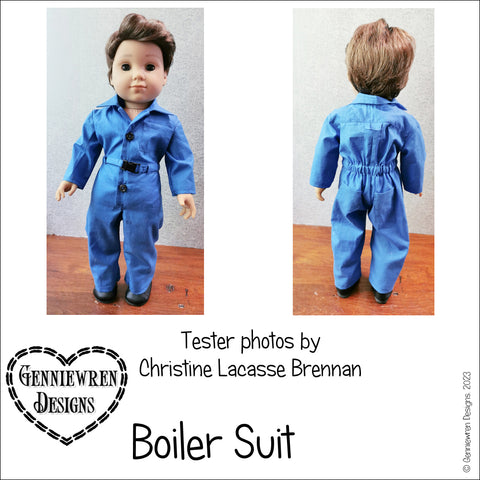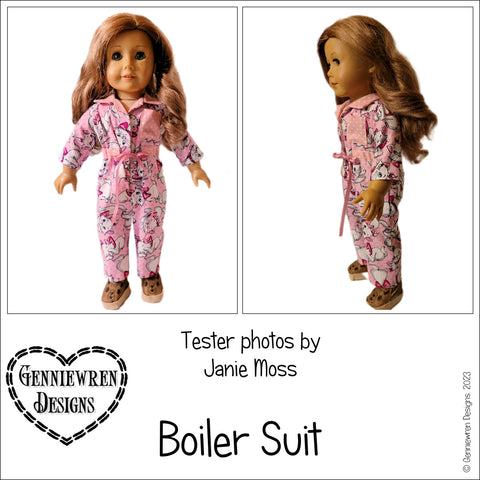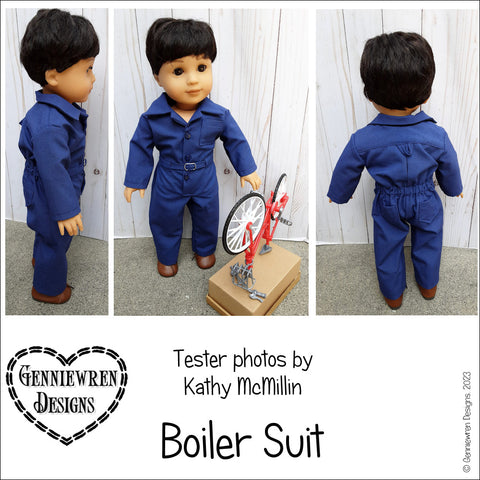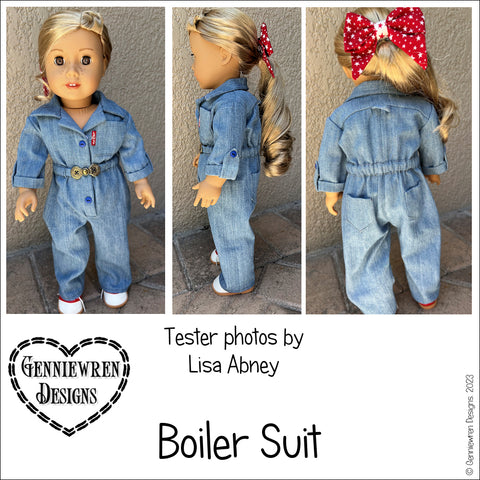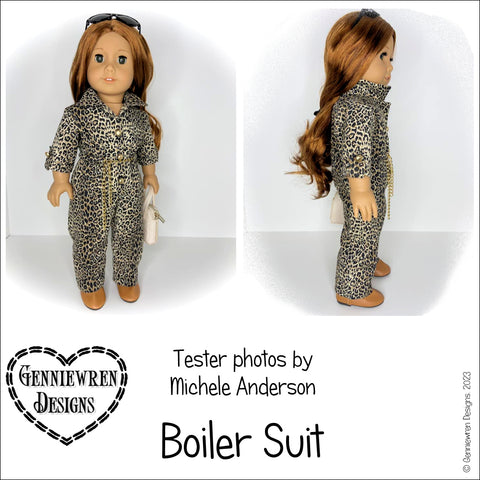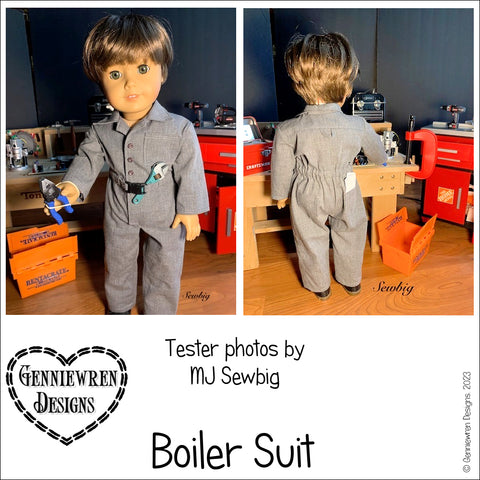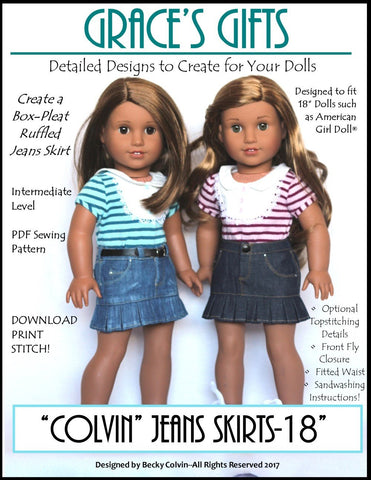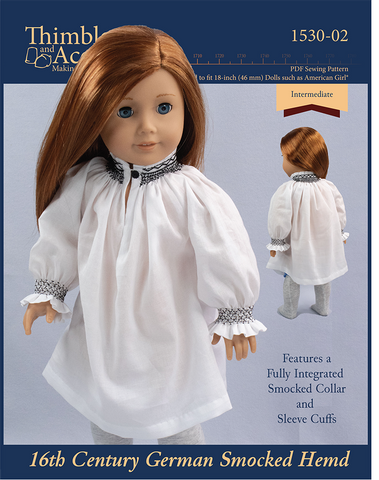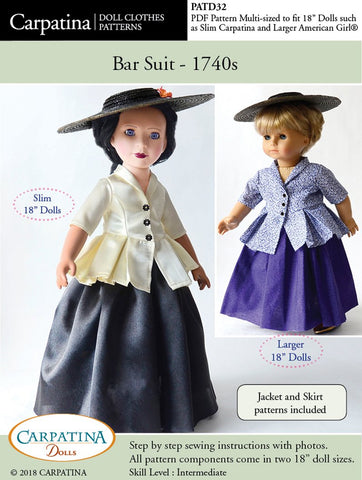Back in the late 1870s Britain was fueled by coal. Steam trains used coal to power train engines, and the man who shoveled the coal into the furnace wore a one-piece garment as that was safer than wearing separate pants and a shirt – as an all in one garment was much less likely to get caught on all the levers and hooks in the driver’s cab. Large municipal and office buildings all had boiler rooms, where men loaded coal into furnaces that boiled water for the hot water and heating the building.
The boiler suit was practical. Roomy and made of lightweight but robust fabric, it could be worn on top of regular clothing if necessary, and was suitable to be worn for indoor or outdoor work. This practical cover-all-garment was soon adopted by all sorts of workmen to keep regular clothing clean while doing jobs that could be messy: mechanics, painters and decorators, plumbers, and all sorts of manual workers adopted the boiler suit as an unofficial uniform. Amateurs adopted this garment for their DIY (Do It Yourself) jobs at home. Later, when air planes came along, the boiler suit became the basis of the flight suit design – simple, practical and comfortable.
Just over one hundred years later, this humble workman’s garment was hijacked by the fashion industry and turned into a wardrobe staple for the 1980s boy or girl about town. Boiler suits were made from fun fabrics – florals or abstracts, in bright and in pastel colors as well as the more traditional khaki, navy, black or white. Accessories like tie belts were added, along with chunky bead necklaces (for both boys and girls), or a bandana at the neckline.
The boiler suit in this pattern is inspired by the traditional workman’s cover-all outfit. It has a back yoke with a hanging loop and a pleated back bodice to allow for movement during work activities. It features back pants patch pockets and a breast pocket. The front is cut in one piece and fastens with buttons or hook and loop tape. There is a casing at the waist, suitable for a tie belt or for a more formal belt style. A paracord clip can be added to the belt to give a more military look if preferred. There’s a choice of sleeves: long tapered sleeves, or mock rolled sleeves with a button tab.
Whether your doll plans to work as a mechanic in the car workshop, or is off to the 1980s themed disco party, this pattern is sure to be a much-loved outfit!
This PDF sewing pattern, by Genniewren Designs, is designed to fit 18 inch dolls such as American Girl®.
Recommended Fabrics: This pattern is designed for woven fabrics. The boiler suit should be made from light to medium weight woven fabric such as cotton poplin, broadcloth, quilter's cottons, chambray or lightweight denim. This pattern is not suitable for heavy denim such as jeans fabric.
Supplies Needed:
- For either sleeve option, half a yard/meter of 44”/115cm wide fabric.
- For the two color version half a yard/meter of 44”/115cm wide fabric for the main part and a quarter of a yard/meter of similar width and weight contrast fabric.
- For all versions, a quarter of a yard/meter of lightweight fusible interfacing.
- Three small (e.g. 3/8”/8-9mm) buttons for the front closure, plus two matching buttons for the sleeve tab option.
- Hook and loop tape for the front closure, or 3 sew on snaps.
- 28”/71cm of 3/8”-1/2”/9-12mm wide ribbon or braid for the ribbon belt option.
- 1 paracord clip or similar buckle, and 6 1/2”/16.5cm of 3/8”/9mm-1cm wide elastic for the fabric belt option.
NOTIONS AND TOOLS YOU MIGHT FIND USEFUL
- A silk organza pressing cloth to protect your fabric from iron marks. Silk organza is almost transparent, so you can see everything is correctly positioned before pressing. If you cannot get a silk organza pressing cloth, then a 100% cotton cloth will be adequate for protecting your fabric.
- A mini iron for getting into those tiny areas when pressing the seams on your dolls’ clothes. These can be found in most quilt stores, or online.
- A sleeve board is ideal for pressing doll’s clothes rather than using a standard size ironing board. A mini tailor’s ham and sleeve roll will also help. If you do not have a sleeve roll, you can use a rolled up terry washcloth instead.
- Tailor’s chalk, chalk pencil, dressmaker’s carbon paper, washable or air dry marker pens for transferring pattern markings to the wrong side of your fabric.
- Fray blocking fluid for sealing seams and edges.
- Loop turner or hemostats for turning the back loop and belt.
- A bodkin or small safety pin for threading the belt or elastic through the waist casing.
- A zipper foot for sewing around bulky areas.
Skill Level: Intermediate
What You Get: One 37 page sewing pattern that you digitally download as a PDF file so you can start your project immediately! The PDF sewing pattern provides full color step-by-step illustrated instructions and full size pattern pieces. A PDF reader is required to view and print the files (example: Adobe Reader or Preview for MAC). The download link is received immediately after the transaction is complete. Print copies are NOT available.
Download, Print, Sew!
*Creating a customer account will ensure that you have the ability to access your purchased (and free) files at any time.
For detailed information and answers to the most common questions, be sure to read the Terms of Use and FAQ's related to the doll clothes patterns sold at Pixie Faire. Pixie Faire and the designers featured are not affiliated with American Girl®

